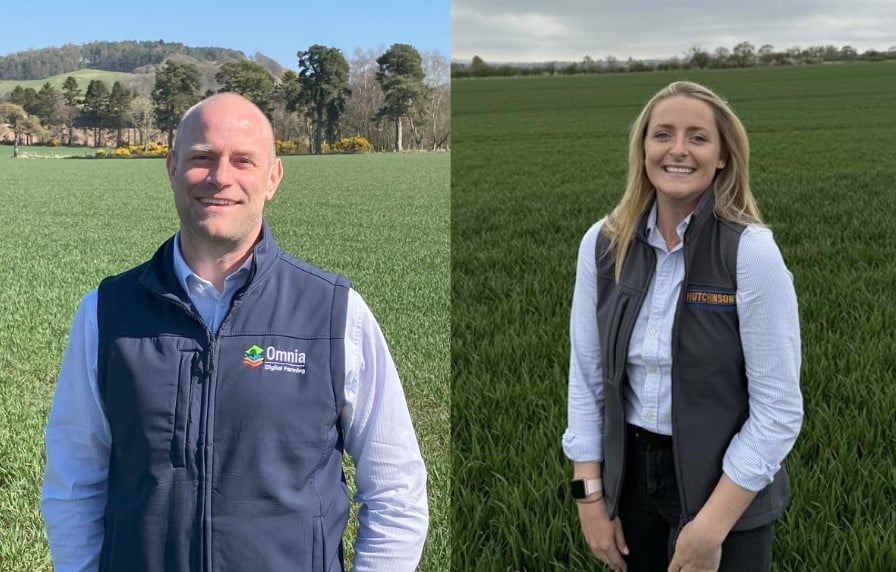Don’t let weeds become a problem – The Northern Farmer
With this year’s early end to harvest, many cereal growers are turning their attention to the prospect of earlier drilling ...
With this year’s early end to harvest, many cereal growers are turning their attention to the prospect of earlier drilling. While this may help maximise fieldwork opportunities, it also creates fresh challenges in weed management.
To stay on top of problem weeds, experts stress the importance of a multi-pronged approach that combines cultural practices, strong crop establishment, and the strategic use of herbicides.
The starting point is cultural control, which should always form the foundation of any long-term strategy. As Hutchinsons arable agronomist Gemma Gibson, based in Yorkshire, explains, “Those small building blocks like rotation choice, cultivations, drilling date, seed rates and machinery hygiene all add up to a more effective approach to weed control. Even delaying drilling by a week or so can make a difference.”
A strong, competitive crop is equally crucial to keeping weeds at bay. Central to this is achieving even plant establishment by using adequate seed rates, particularly in fields with a history of heavy weed pressure.
Aidan Monaghan, Omnia Digital Farming Manager, highlights the value of getting this right. “Creating even plant populations as the crop establishes will give us the best chance of not only competing against weeds but also achieving maximum yields in every part of the field.”
Company trials underline this point. Winter cereal crops established with Omnia’s variable rate drilling technology have shown yield increases of up to 5%. The system uses TerraMap high-definition soil mapping to record variation in soil type across a field. From this data, Omnia generates variable rate drilling plans, ensuring seed is applied at the right rate in the right location.
“Through Omnia, we can also overlay the drilling plan with mapped-out areas of problem weeds and increase seed rates accordingly to give crops an edge over any potential issues,” Aidan explains.
“Traditionally, growers have adjusted seed rates manually, but often without much science behind it. This technology takes away the guesswork, providing a precise, evidence-based approach.”
For those without full vari-rate capability, Omnia’s E-Seed stand-alone conversion kit can be fitted to a standard drill, offering an affordable option to achieve more accurate seed placement.
Once the crop is in the ground, attention must shift to monitoring the weed burden. In many regions, sterile brome and Italian ryegrass remain the biggest threats, but other species are emerging.
“We’re increasingly seeing problems with Bur Chervil,” Gemma warns. “This is a tricky broadleaved weed, particularly once it becomes established. It spreads quickly, which is why residual pre-emergence herbicides are so important, since post-emergence options are more limited.”
When selecting herbicides, Gemma stresses the need for mixing modes of action. This not only improves control but also guards against resistance. Metribuzin and chlortoluron are effective on broadleaved weeds such as bur chervil, while tri-allate, cynmethlin and aclonifen provide valuable control of grassweeds. The challenge lies in understanding which weeds are present and working with an agronomist to select the most appropriate chemistry.
Pre-emergence herbicides should ideally be applied within two to three days of drilling. They perform best with adequate soil moisture and temperatures between 10–15°C. Cloddy seedbeds or heavy surface trash can reduce their effectiveness, as chemicals may not penetrate the weed germination zone.
“Moisture is needed to move the herbicide into the top few centimetres of soil,” Gemma explains. “Even if it doesn’t kill weeds outright, it can weaken them, making post-emergence applications far more effective.”
